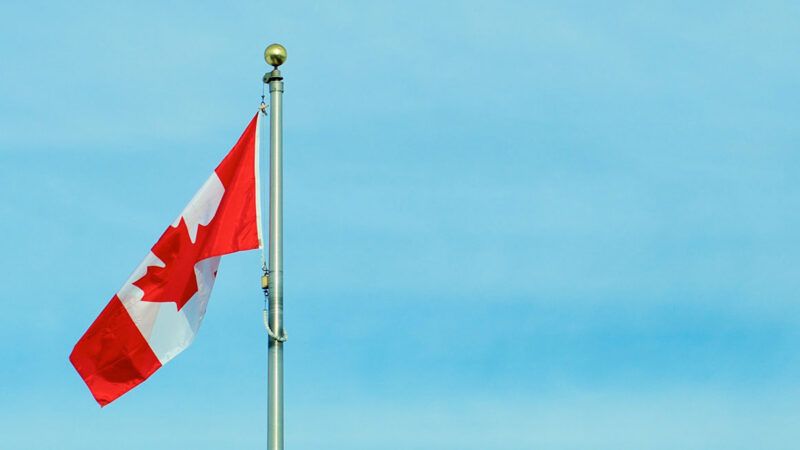Talented Immigrants Are Choosing Canada Over the U.S.
Thanks to Canada’s broad immigration pathways, about a quarter of the country’s population is foreign-born, more than in any other G-7 country.

Much like the United States, Canada is grappling with an aging population and an economy ravaged by government-imposed COVID-19 restrictions. But Canada has crafted an immigration system centered on the idea that foreigners are critical to economic growth and social progress. As a result, talented newcomers are increasingly heading for Canada rather than the United States.
While the U.S. tends to set immigration "caps," Canada prefers immigration "targets."
Thanks to Canada's broad immigration pathways, about one-quarter of the country's population is foreign-born, more than in any other G-7 country. The comparable figure for the U.S. is about 14 percent.
In November, Canada released a multi-year "immigration plan to grow the economy" that would welcome 1.5 million immigrants from 2023 to 2025. A press release describing the framework calls immigration a "strategy" that will help businesses find workers and "manage the social and economic challenges Canada will face in the decades ahead."
Canada introduced its points-based immigration system in 1967. Foreigners qualify for visas by scoring points based on their language skills, past employment, and job offers. A 1976 initiative led to refugee targets and established Canada's private refugee sponsorship program.
The American approach to green cards, meanwhile, is based on family ties more than employment prospects. And while the U.S. has private refugee sponsorship programs, they are limited to specific nationalities.
International students are gravitating toward Canada rather than the U.S., partly because of more favorable visa processing. The U.S. cut opportunities for foreign students to stay in the country under President Donald Trump, leading to a 10 percent decrease in new international student enrollment between 2016–17 and 2018–19, National Foundation for American Policy Executive Director Stuart Anderson reported in Forbes. Canada's more liberal approach led to an 18 percent increase in foreign students from 2020 to 2021. The U.S. saw a 15 percent decrease during the same period.
Canada is now the top destination for Indian students, which The Times of India ascribes to "strong diaspora connections with India and the post-graduation work permit." That permit, according to the Canadian government, helps foreign-born university graduates "qualify for permanent residence in Canada."
International students in the U.S. can stay after graduation only on temporary visas, which are limited by qualifications like field, skill, and country of origin. It can take decades for foreign workers on nonimmigrant H-1B visas, especially Indians, to achieve permanent status. According to the Cato Institute, roughly 1.4 million skilled workers were stuck in America's employment-based green card backlog in 2021.


